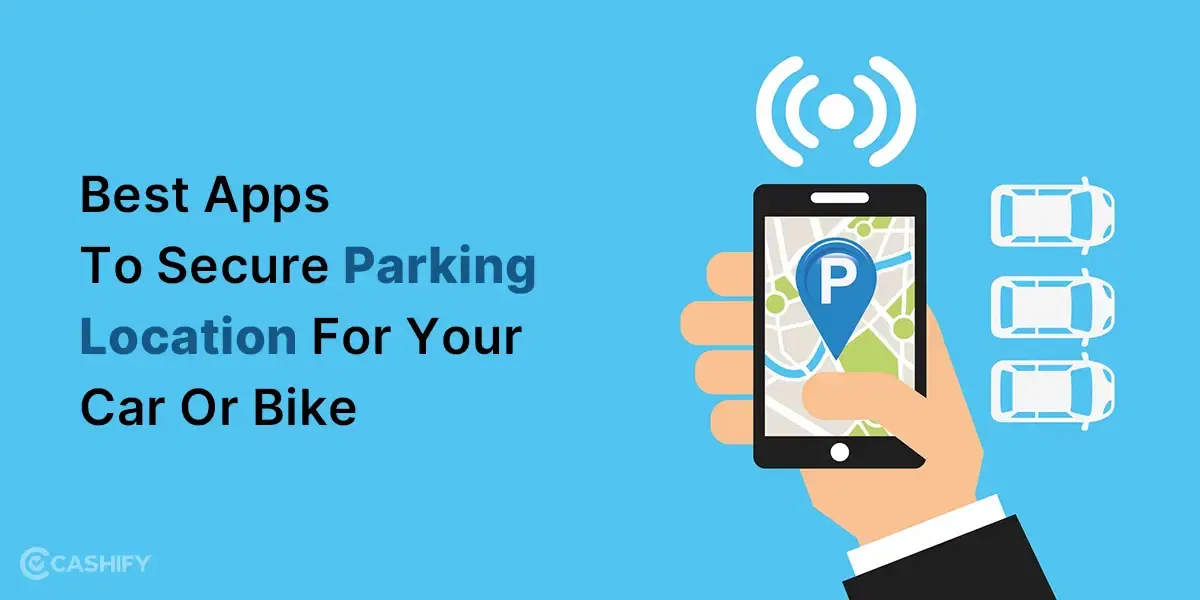Artificial Intelligence, commonly abbreviated as AI, has taken the world by storm, revolutionizing every aspect of our daily lives. Businesses have adopted the various capabilities of AI too and in fact, more than you can comprehend. AI didn’t spare the mobility segment too as it is currently adopting AI at lightning-fast speeds. We have seen Waymo and Tesla plying on roads driving around the streets of major metropolitan cities in the U.S. and yes, without a ‘driver’.
Carmakers are infusing billions of dollars into developing self-driving tech to power their cars. As time passes by, AI is changing customers’ perceptions as well which should help make it a reality soon.
India is a major global hub for technology and innovation. It is the world’s third-largest automobile market. It is also venturing into the world of Robotaxi and AI-driven cars that will soon run on Indian roads but there are challenges that the carmakers will have to overcome first. We analysed where India stands when it comes to self-driving and AI-driven cars and how the future looks for the Indian market. Read along to know more.
Also Read: How To Use Google Gemini AI Right Now?
What Are Robotaxi and AI-Driven Cars?
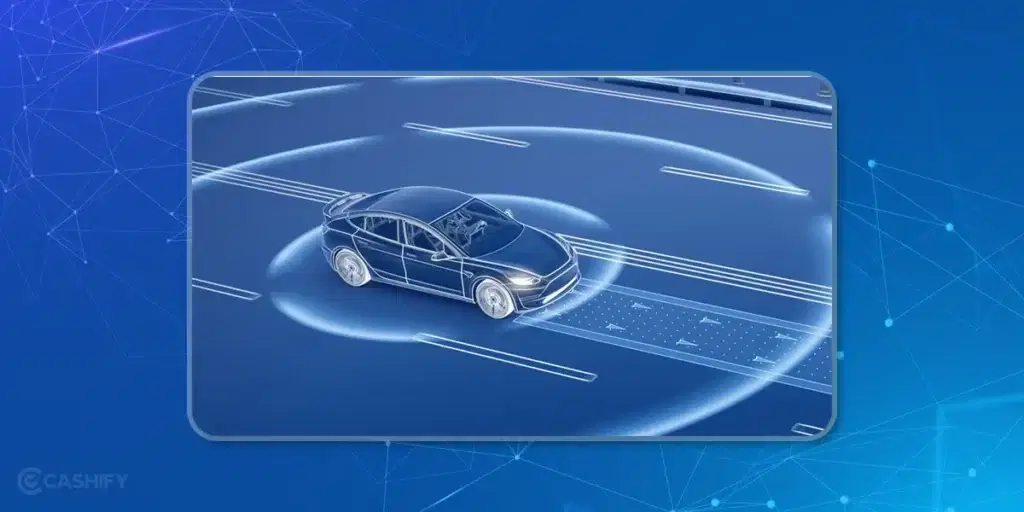
Traditionally, if you are driving a car with an Internal Combustion engine or powered by solar, wind, hydrogen, or electric, it requires human intervention. In layman’s terms, you are behind the wheel irrespective of if the car is using a manual or automatic transmission. Advancement in technology has permitted tech giants to use artificial intelligence with a web of countless sensors, cameras, etc, to drive cars with limited to no human interventions based on autonomy levels.
Dubbed as self-driving cars or AI-driven cars, these are mobility options that carry the complicated task of driving on the streets by continuously and concurrently taking inputs from various sources such as the cameras, sensors, signage, lane markings, etc, to drive without any human assistance. These cars are tasked with steering clear of any collision with pedestrian or vehicular traffic or dangers such as a road divider.
Autonomy Levels
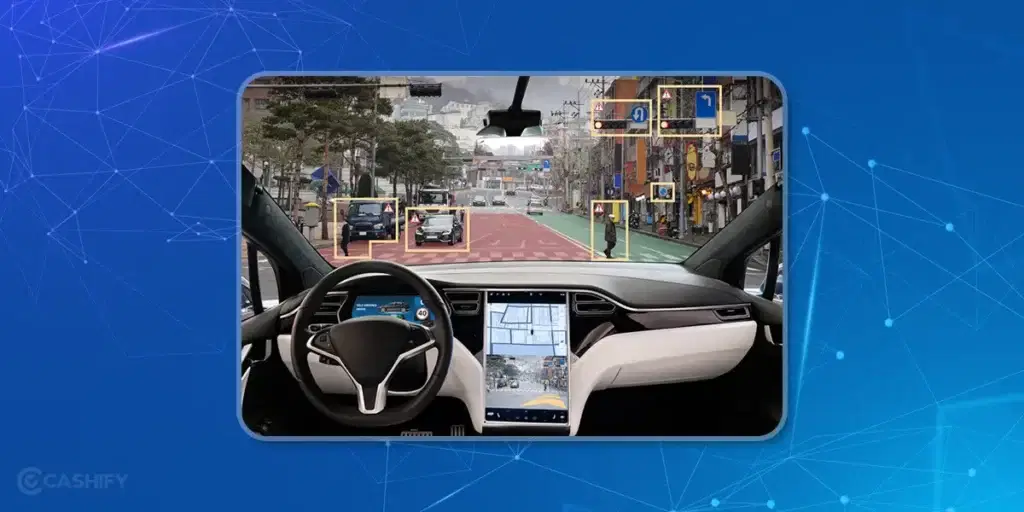
Not all AI-driven cars are the same. Perhaps, it is better to understand how these AI cars are graded on their autonomy levels as classified by the Society of Automotive Engineers (SAE).
Level 0: No Automation – Traditional car driving experience.
Level 1: Driver Assistance Engine – Here, the computer embedded in the car helps with steering, acceleration/deceleration but not both.
Level 2: Partial Automation – Herein, the vehicle can steer, accelerate, or decelerate, however, it requires the drivers to be attentive to avert unforeseen collisions or mishaps.
Level 3: Conditional Automation – Here, the AI can drive vehicles in certain conditions without any hassle but not in all conditions. It requires humans to be attentive to take control if the need arises.
Level 4: High Automation – Here, the vehicle can do all the driving-related tasks under certain conditions, however, it doesn’t require human intervention as in Level 3. Do note that the car may not be apt for autonomous driving in all road conditions and scenarios.
Level 5: Full Automation – At the topmost level, the AI can drive across all road conditions and scenarios without any human intervention or oversight.
Also Read: Best Online Headphone Test Websites You Must Know!
Current Challenges in the Implementation of AI-Driven Cars in India
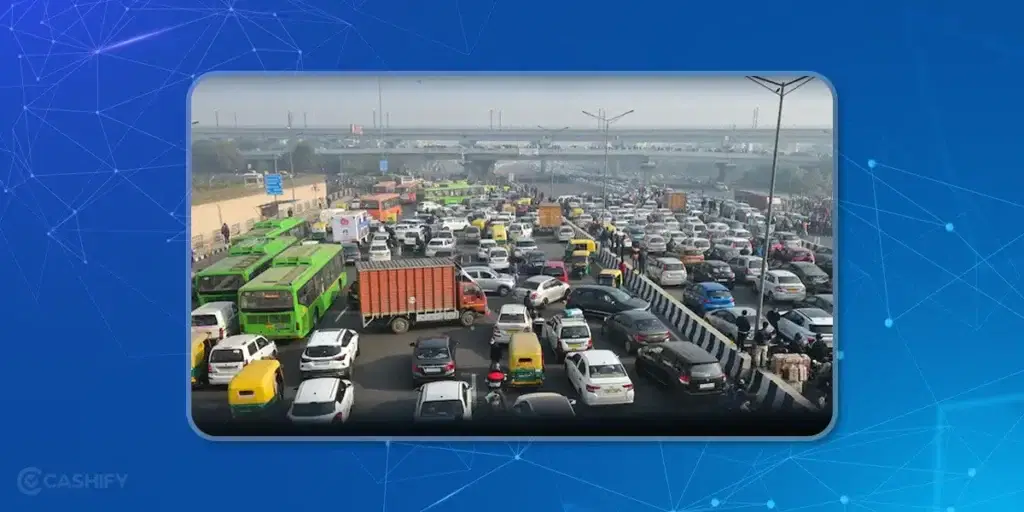
Let’s check out some of the challenges that the implementation of AI RoboTaxi cars are facing in India.
1. India has a lack of standardisation in terms of road infrastructure.
2. There’s a lack of warning, directional, informational, and other signages that AI can pick up inputs from.
3. Indian roads aren’t just for vehicular traffic but pedestrians and almost everyone can use it making it difficult for AI to comprehend the complexities of steering through the roads.
4. There’s a higher density of vehicles plying on narrow roads that contributes to a higher risk of life subsequently due to the failure of the AI system.
5. There are uneven and random speed breakers on Indian roads, potholes, and unknown/unnecessary crossings that can be detrimental to human life.
6. Lack of lane discipline, lack of traffic discipline, and rash driving are a few other reasons that could potentially put the future of AI-driven cars in jeopardy.
7. AI-driven cars will take inputs from various monitoring systems and the infrastructure needed for the same is almost negligible.
8. India has a complex regulatory system which means obtaining approval for autonomous vehicles becomes a strenuous task. The inadequate and deficient infrastructure adds to the problem.
Benefits of Robotaxi, AI-Driven or Self-Driving Cars
Of course, driving AI cars and Robotaxi comes with its suite of benefits and these are as follows.
Reduced Traffic Congestion
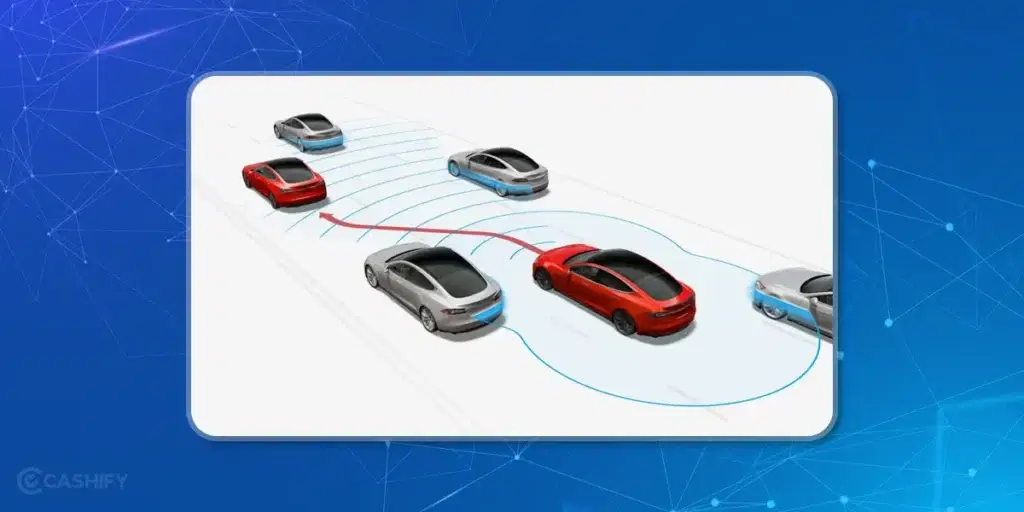
Traffic congestion is a common sight in India. An officegoer in India in a metropolitan city would spend hours waiting in traffic every day. AI-driving cars can help alleviate such issues by guiding cars to follow traffic rules while accounting for nearby vehicular traffic. It can lower human error due to fatigue or frustration, reduce pollution levels during idle time, and enhance the commute experience by a magnitude.
Improved Safety
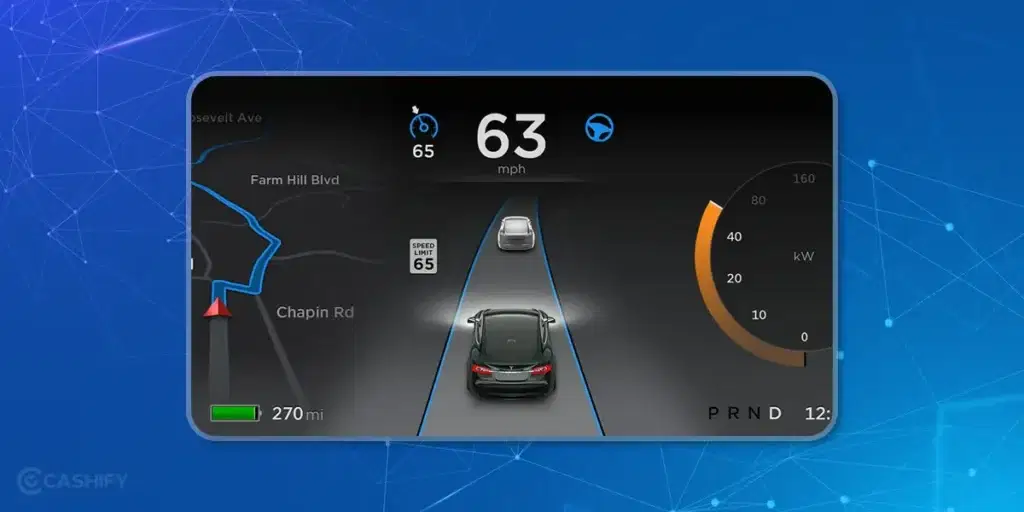
One of the major causes of accidents on roads is human error which results in millions of injuries and deaths per year across the globe. It is also because of the lack of social responsibility that drivers may drive rashly causing their vehicles to bump into someone or something kicking off a ripple effect on the traffic behind.
Autonomous vehicles and Robotaxi are designed to follow traffic rules, react faster than humans, avoid hazards, and more using sophisticated sensors and algorithms that are trained over and over again to account for all possible scenarios. This can translate into improved safety of both the passengers in the cars, other cars plying on the road, and the pedestrians on the streets.
Reduced Costs
One of the major costs to a ride-hailing company is a human chauffeur. There are also insurance costs, ownership costs, and maintenance costs that add up which are eventually forwarded to the passengers meaning higher fares. With self-driving costs, these costs can be reduced greatly.
Enhanced Efficiency
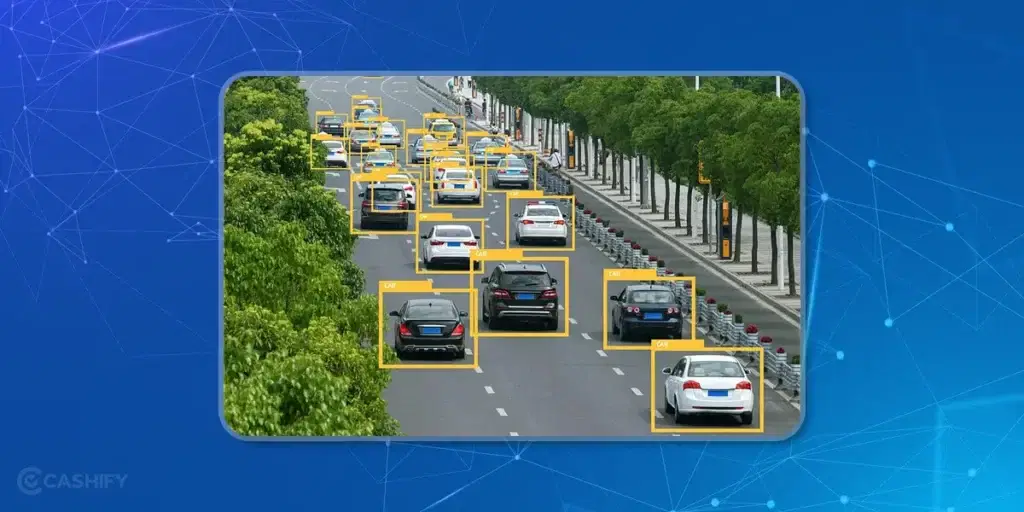
AI-driven and autonomous cars are strapped with algorithms trained on millions of data points that get better with every iteration. With AI in the works, you can expect optimized routes, speeds, fuel consumption, traffic flow, and reduced travel time among others. As these systems are designed to get better with time, AI-driven cars can increase utilization, and availability of transportation, and operate round the clock without any signs of tiredness. Perhaps, it will improve the efficiency of the cars in use.
Increase in Accessibility
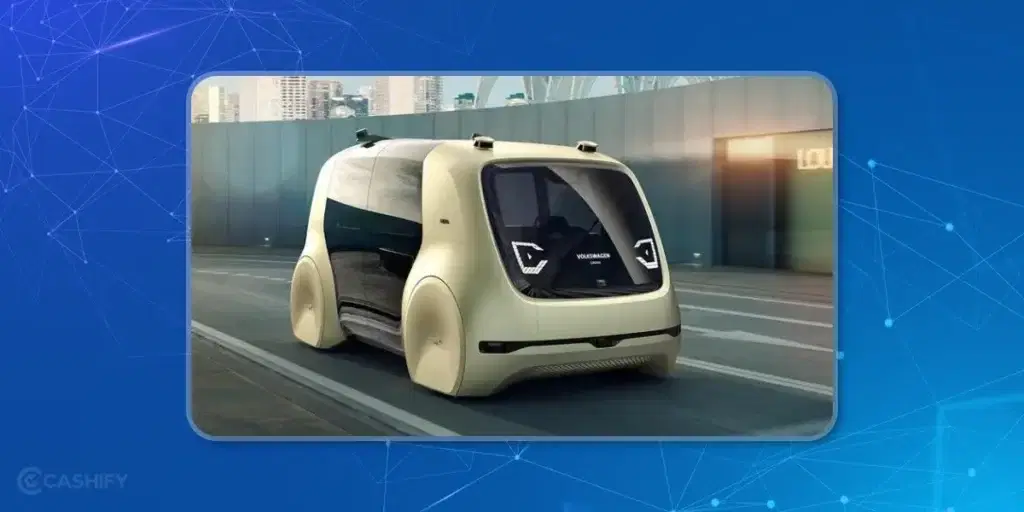
One of the leading causes of accidents on the roads is drunk driving. With AI-driven cars and ride-hailing services, one can expect convenient transportation options with a less-friction alternative to driving the cars yourself. Moreover, it can help those who cannot drive such as children and the elderly or those within the low-income group or disabled..
It can open the floodgates of opportunities as AI offers both convenient and affordable transport options. One of the plans that could be implemented with Robotaxi is MaaS or Mobility as a Service that charges per kilometre/mile. This might eliminate the need to own a car.
Protects the Environment
As AI-driven cars become a norm, there will be reduced greenhouse gas emissions (GHG), a major concern to climate change and global warming. AI cars such as the Tesla fleet are already electric meaning they don’t use any petroleum fuel to power their cars and rather depend on clean electricity to run. Similarly, cars with hybrid powertrains can cut back on GHG, and improve fuel efficiency. Researchers are already working on leveraging power from renewable sources such as solar energy to cut back reliance on traditional fuel.
The Future of Robotaxi and Self-Driving Cars in India
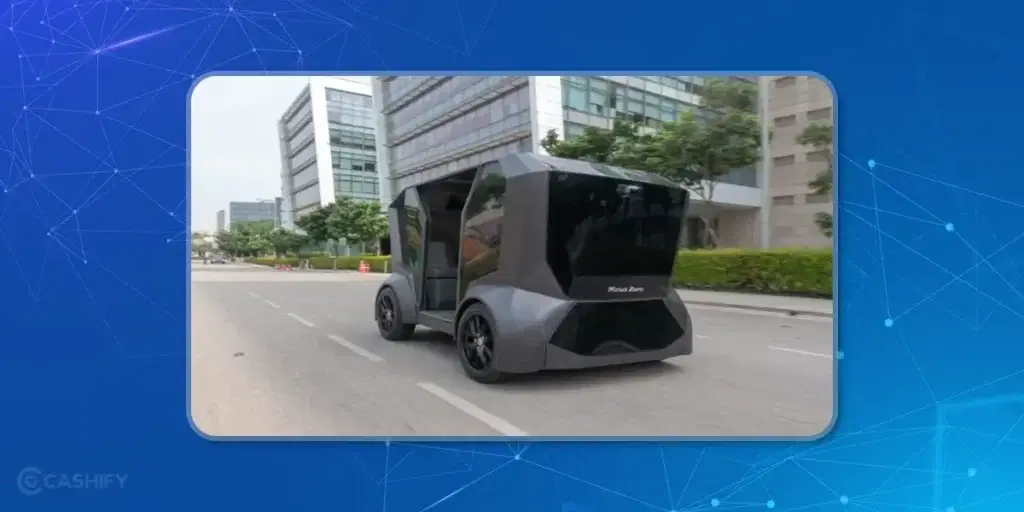
There’s an ongoing debate if self-driving cars should be allowed on Indian roads or not. India’s current transport minister Nitin Gadkari made it clear that there won’t be any self-driving cars until he is holding his tenure. It is also because there are an estimated 40 million plus drivers in the country. It means implementing AI-driven cars can push these drivers’ future into peril. Moreover, the inadequate infrastructure and societal and regulatory approval would take years before any AI cars hit the Indian shores.
But there’s a silver lining too. Cracking the code of AI-driven cars in India is difficult but once cracked, it can work anywhere in the world. That’s what Maruti Suzuki’s former chairman R C Bhargava said in 2016. Another roadblock is the funding needed for startups to work on autonomous vehicles (AVs) which goes up the roof. Even though India (and China) has all the components needed for the development of AVs including chip manufacturing, coding, AI software, and manufacturing units, funding becomes imperative for such multi-billion dollar projects.
But hey, it’s not like India doesn’t have any AI-driven cars at all. Companies such as Flux Auto, Scout, Minus Zero, Ati Motors, and Auro.Ai, among others, are working towards their AI tech that will soon trickle into cars driving on Indian roads. Perhaps, we will have to wait as the innovation unfolds and self-driving cars become available in India shortly.
Also Read: Apple Car Features: Worst Kept Secret Of Apple?
Are you planning to buy a new mobile? Contact Cashify’s doorstep services to sell your phone online or recycle your phone.





